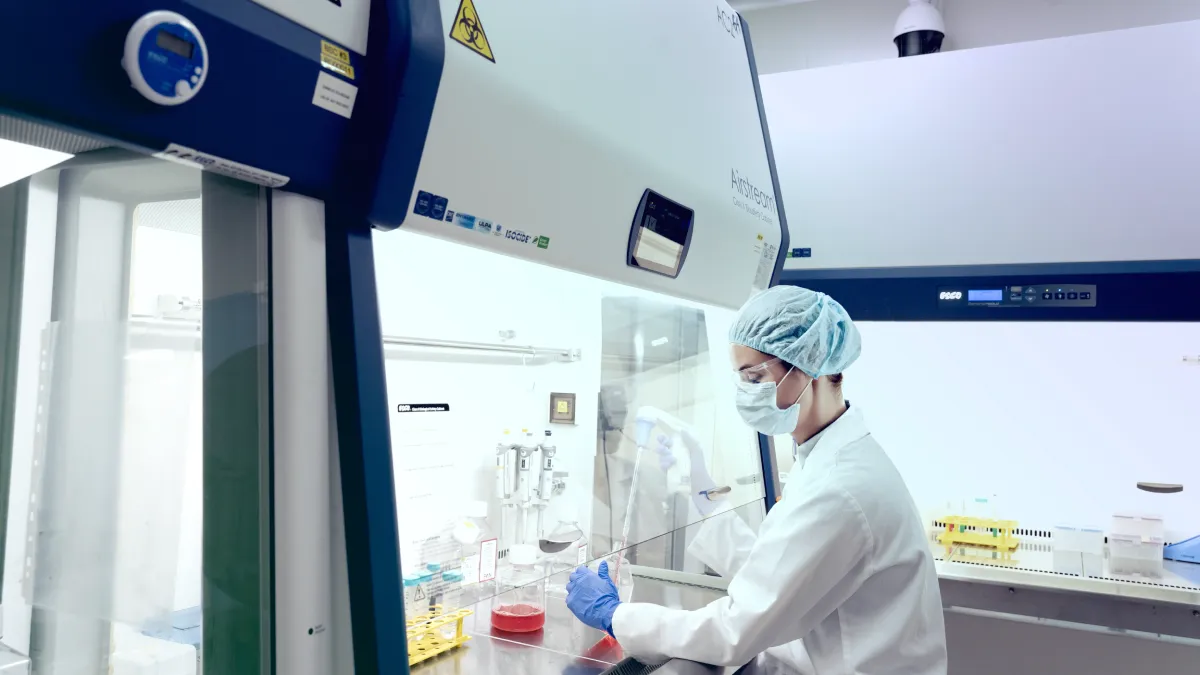Applications
Vaccination Types and Strategies for Aquaculture Vaccines
The most common fish vaccine types includes: bacterins, live attenuated, subunit vaccines, and toxoids.
- Inactivated bacterins: contains inactivated or killed whole-cell fish bacterial pathogens
- Live attenuated: live microorganisms (bacteria and viruses) modified so it would not progress to a disease
- Subunit vaccines: contains small portion of fish pathogens
- Toxoids: inactivated toxic compounds
Recombinant and DNA vaccines are also being developed with limited use due to unknown long-term effectiveness and varying regulations, respectively.
Different routes of administration are available as shown below:
| Description | Advantages | Disadvantages | |
|---|---|---|---|
| Injection |
Involves delivery through the muscle (intramuscular) or body cavity. Adjuvants are usually added to increase immune response. |
|
|
| Immersion |
Can be immersed in dips (short ~30 secs) or baths depending on concentration of vaccine |
|
|
| Oral |
Delivery through the digestive system |
|
|
Development of Oral Fish Vaccines
Most of the vaccines for aquaculture to date are protective against bacterial pathogens. These can be administered either orally or by injection (intraperitoneal or intramuscular route). Injection route proves to be the most protective, but also labor-intensive, stressful to the fish, and reported for side effects. The main issue with oral vaccines, however, is due to low efficacy owing to harshness and tolerability of the fish gut environment.

Despite this issue, it is still ideal to develop oral vaccines that have the balance of protection from antigen breakdown and also immunological induction. Fish pathogen antigens for viral vaccines are propagated in cell lines but only limited yields are obtained. Esco VacciXcell bioreactors, CelCradle® and TideXcell®, allow maximum cell growth and increased cell population for adherent cell lines such as RTG-2 and CHSE-214 in fish vaccine manufacturing. These bioreactors allow the scaling up instead of scaling out of adherent cell culture.This is achieved through our macrocarriers that can house higher cell number per unit volume thereby.
To circumvent antigen degradation in the gut, microencapsulation techniques have been developed including nanoparticles (using chitosan nanoparticles), alginate particles (works well with DNA plasmids), biofilms (used against Aeromonas), and microalgae. Microalgae can function as a natural bio-encapsulation device that protects the expressed transgenes. It also allow scale-up production and consistent expression





